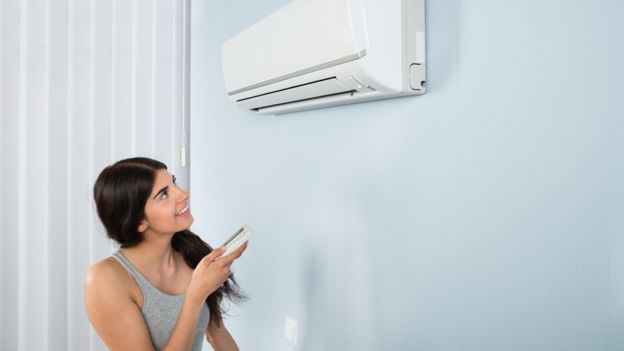Imagine living in a world where stepping into your home from the scorching heat outside instantly cools you down, making you sigh in relief. That’s the magic of air conditioning, a marvel of modern engineering that has become an integral part of our daily lives. From its humble beginnings in 1902, designed not for comfort but to control humidity in a printing plant, air conditioning has evolved into a cornerstone of contemporary comfort and convenience.
This article takes you on a journey through the history of air conditioning, exploring its invention, evolution, and the profound impact it has had on society, architecture, and our way of living. Join us as we delve into the cool and refreshing world of air conditioning, understanding its significance beyond just beating the heat.
What is Air Conditioning?

Air conditioning, a cornerstone of modern comfort, is a system designed to cool, dehumidify, and circulate air within a designated space, thereby creating a more pleasant and controlled indoor environment. At its core, air conditioning operates through a complex interaction of components, including a compressor, condenser, evaporator, and refrigerant, which work together to remove heat and moisture from the air. This process not only lowers the temperature in a room but also improves air quality by filtering out pollutants and allergens.
The invention of air conditioning has profoundly impacted various aspects of daily life and industry, from allowing businesses and factories to operate with greater efficiency in hot climates to preserving the integrity of medical and technological equipment. Furthermore, it has enabled the architectural innovation of skyscrapers, as windows no longer need to be opened for ventilation, thus allowing for the design of taller, more energy-efficient buildings. Understanding the search intent behind air conditioning reveals a multifaceted interest ranging from individuals seeking comfort in their homes and workplaces to industries reliant on precise climate control for manufacturing and product storage.
The networks of meaning around air conditioning encompass not only the technical and mechanical aspects but also its role in environmental, health, and economic contexts. Air conditioning is an essential technology that transcends its basic function of cooling spaces. It is intricately linked to advancements in health, productivity, and architectural design, reflecting its significance in shaping the modern world.
Also Read: How Much to Replace a Heating and Air Conditioning System
When was air conditioning invented?
1902 by Willis Haviland Carrier
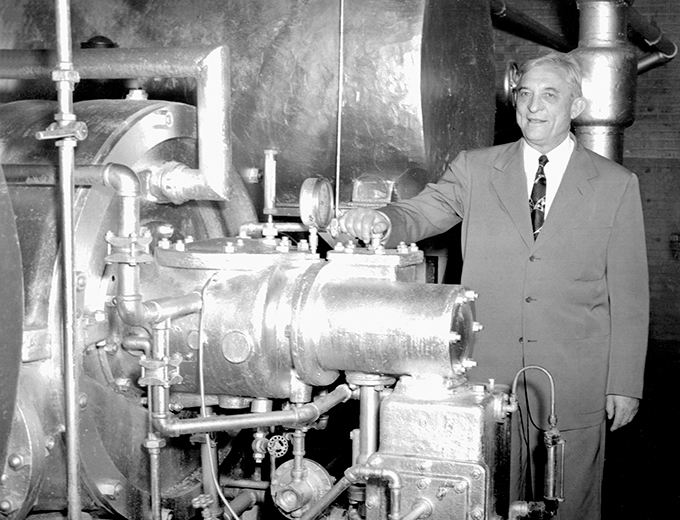
Air conditioning was invented in 1902 by Willis Haviland Carrier. Carrier designed the first modern air conditioning system not to cool homes but to control humidity in a printing plant. This innovation not only helped in maintaining the quality of printed materials by stabilizing the ink but also marked the beginning of climate control technology as we know it today.
Over time, this technology evolved from an industrial solution to a staple of everyday life, impacting how we live, work, and interact with our environment. Carrier’s invention laid the groundwork for the modern HVAC systems that provide comfort and improved air quality in homes and businesses worldwide.
In 1902, Willis Haviland Carrier invented the first modern air conditioning system. Originally designed to control humidity in a printing plant, Carrier’s invention was pivotal, not for cooling spaces initially but for stabilizing ink on paper. This groundbreaking development has evolved into the HVAC systems we rely on today, transforming our living and working environments by providing comfort and significantly improving air quality in homes and businesses globally.
You can also read When Was Airconditioning Invented? to uncover the cool history of air conditioning and peek into its future.
Why was air conditioning invented?
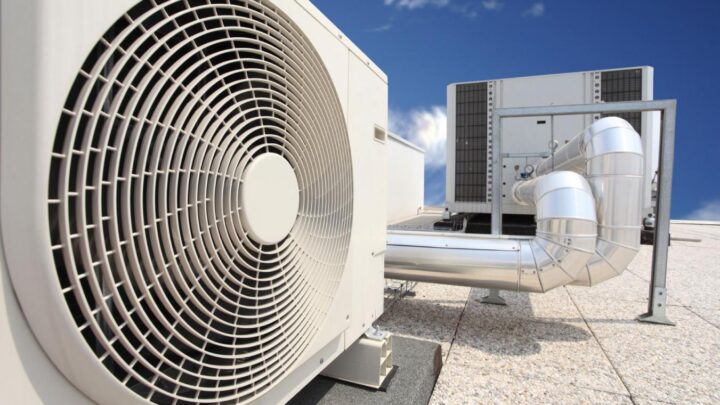
To control humidity in a printing plant
Air conditioning was invented to control humidity in a printing plant. Willis Haviland Carrier designed the system to solve a pressing issue: excess humidity causing printing ink to smudge. This innovation not only significantly improved the quality of printed materials by stabilizing the ink but also marked the birth of modern air conditioning systems.
These systems now play a crucial role in enhancing comfort and air quality in various indoor settings. Originally driven by a specific need within the printing industry, the invention of air conditioning has had a profound and lasting impact, fundamentally transforming our indoor living and working environments.
Air conditioning was initially invented to control humidity within a printing plant. This pivotal innovation by Willis Haviland Carrier targeted the issue of ink smudging due to excessive moisture in the air. By effectively stabilizing humidity levels, the invention significantly enhanced the quality of printed materials.
This breakthrough not only solved a specific problem in the printing industry but also laid the foundational technology for modern air conditioning systems, which are now indispensable for improving indoor comfort and air quality in diverse environments.
Also Read: Hvac Basics: Essential Knowledge For Comfort And Efficiency
How did air conditioning evolve over time?
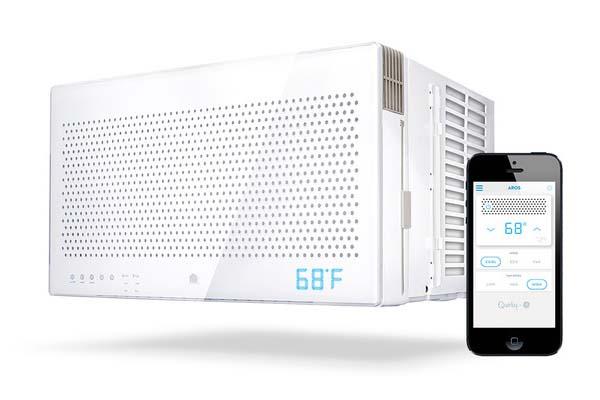
Air conditioning has undergone significant evolution since its invention in 1902 by Willis Haviland Carrier. Originally developed to control humidity in a printing plant, the technology expanded its reach to various industries and eventually entered the residential space. By the 1920s, air conditioning began to make homes cooler, marking a crucial turning point in indoor comfort.
The first residential installation in 1914 paved the way for its widespread use, especially after World War II. This era witnessed air conditioning becoming a standard feature in new homes, propelled by the advent of more affordable portable and window units. These developments significantly increased accessibility for the average consumer, transforming air conditioning from a luxury into an essential component of modern living.
Introduction to Homes in the 1920s
Air conditioning made its way into homes during the 1920s, revolutionizing the concept of indoor comfort.
First Residential Installation in 1914
The groundbreaking first residential installation occurred in 1914, laying the foundation for home cooling systems.
Widespread Use After World War II
The period following World War II marked the widespread adoption of air conditioning, signifying its importance in modern living.
Became a Standard Feature in New Homes
Over time, air conditioning transitioned to becoming a standard feature in new home constructions, highlighting its necessity.
Development of Portable and Window Units
The innovation of portable and window units brought air conditioning to a wider market, offering versatility and ease of installation.
Increased Accessibility for the Average Consumer
These technological advancements significantly increased accessibility, making comfortable living conditions achievable for the average consumer.
What impact did air conditioning have on society?

Air conditioning has profoundly reshaped society, influencing where and how we live and work. It has enabled population growth in hot climates, significantly contributing to the development of the Sun Belt. This region, once marked by its challenging living conditions, has transformed into a bustling hub of urban life, thanks to the comfort provided by air conditioning.
Moreover, air conditioning has transformed architectural design, leading to the construction of buildings with fewer windows and lower ceilings. This innovation paved the way for the modern skyscraper, altering city skylines worldwide. However, the widespread adoption of air conditioning has also led to increased energy consumption and a higher demand for electricity during the hot summer months, underscoring the importance of pursuing sustainable energy solutions.
In essence, air conditioning has not only enhanced comfort and quality of life but has also driven economic growth and architectural innovation. Yet, it brings to light challenges in energy use and environmental sustainability, prompting a reevaluation of how we cool our spaces in an eco-friendly manner.
Enabled Population Growth in Hot Climates
Air conditioning has made it possible for more individuals to live comfortably in hot climates, significantly boosting population growth in these areas.
Facilitated the Development of the Sun Belt
Thanks to air conditioning, the Sun Belt has experienced substantial development and urbanization, becoming a vibrant and desirable region to live and work.
Transformed Architectural Design
The advent of air conditioning has led to a transformation in architectural design, favoring buildings with fewer windows and lower ceilings to enhance indoor climate control.
Buildings with Fewer Windows and Lower Ceilings
This change in architecture has given rise to the modern skyscraper, changing city skylines and optimizing buildings for better climate management.
Increased Energy Consumption
The widespread adoption of air conditioning has resulted in a noticeable increase in energy consumption across the board.
Rise in Electricity Demand During Summer Months
Consequently, there is a marked rise in the demand for electricity during the summer months, underscoring the urgent need for more sustainable energy practices.
Also Read: Hvac Not Cooling? How To Determine If It’s Time For A Replacement
Future of Air Conditioning
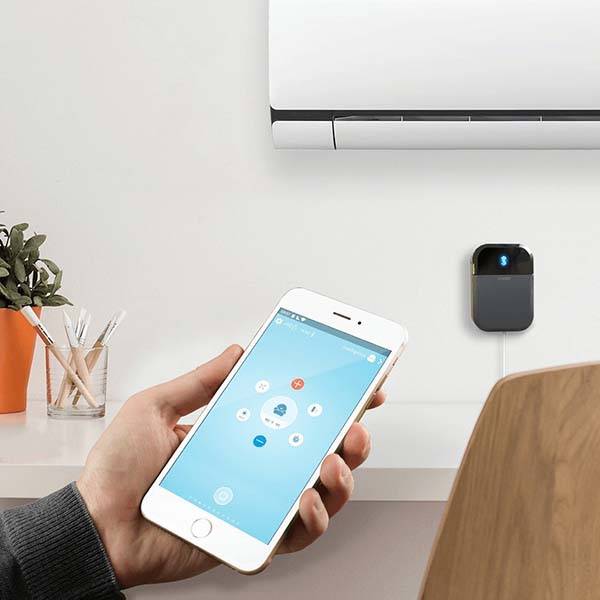
The future of air conditioning is set to emphasize energy efficiency and sustainability. With the increasing need for cooling solutions, innovation is geared towards reducing the environmental footprint of air conditioning units. This includes the shift towards eco-friendly refrigerants that significantly lower global warming potential and the exploration of passive cooling designs.
These designs leverage natural ventilation and shading to cut down on energy use. Such advancements indicate a move towards more sustainable climate control methods, ensuring that air conditioning can deliver comfort in an environmentally responsible way.
Focus on Energy Efficiency and Sustainability
The evolving landscape of air conditioning is increasingly focusing on energy efficiency and sustainability, aiming to significantly reduce its ecological footprint.
Adoption of Eco-Friendly Refrigerants
A key advancement in this direction is the adoption of eco-friendly refrigerants. These substances are designed to have a minimal impact on global warming, showcasing a profound commitment to protecting the environment.
Innovations in Passive Cooling Designs
Furthermore, there is a growing emphasis on innovations in passive cooling designs. These strategies leverage natural ventilation and shading to cool buildings, minimizing the need for traditional, energy-intensive air conditioning systems.
Balancing Comfort and Sustainability

The evolution of air conditioning from its inception to a staple of modern existence underscores its significant impact on both society and the architectural landscape. Initially conceived to control humidity, it has become indispensable for ensuring comfort and productivity, fundamentally transforming how we design and inhabit spaces. Looking ahead, the emphasis is on sustainability and energy efficiency, with innovations geared towards minimizing the environmental footprint of cooling technologies.
The shift towards eco-friendly refrigerants and passive cooling designs represents a pivotal move towards air conditioning that sustains comfort without compromising the planet’s well-being. This progression not only mirrors a broader commitment to combating climate change but also underscores the critical role of sustainable practices in shaping our future.
Our Callidus Air team can help you navigate the latest innovations in air conditioning, ensuring your space is not just comfortable, but also energy-efficient and environmentally responsible. Contact us today and take the first step towards a cooler, greener future. Let’s work together to create comfortable spaces that care for our planet.

